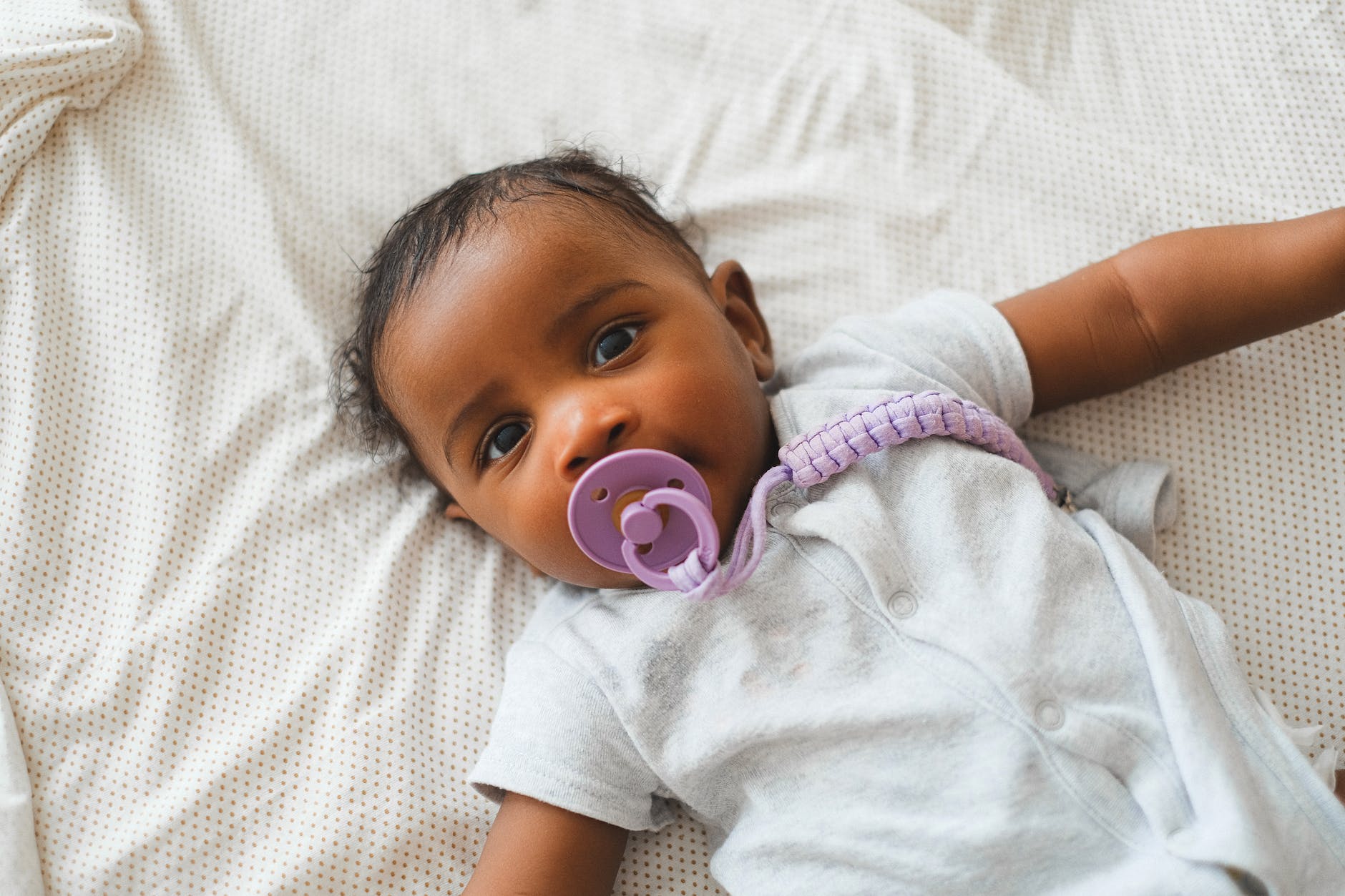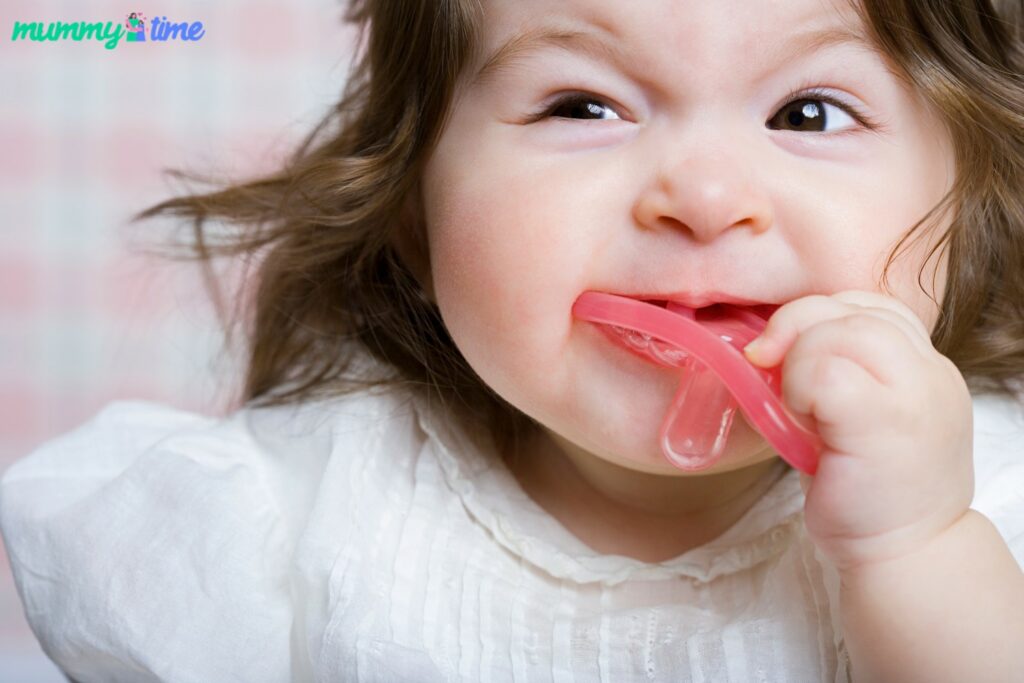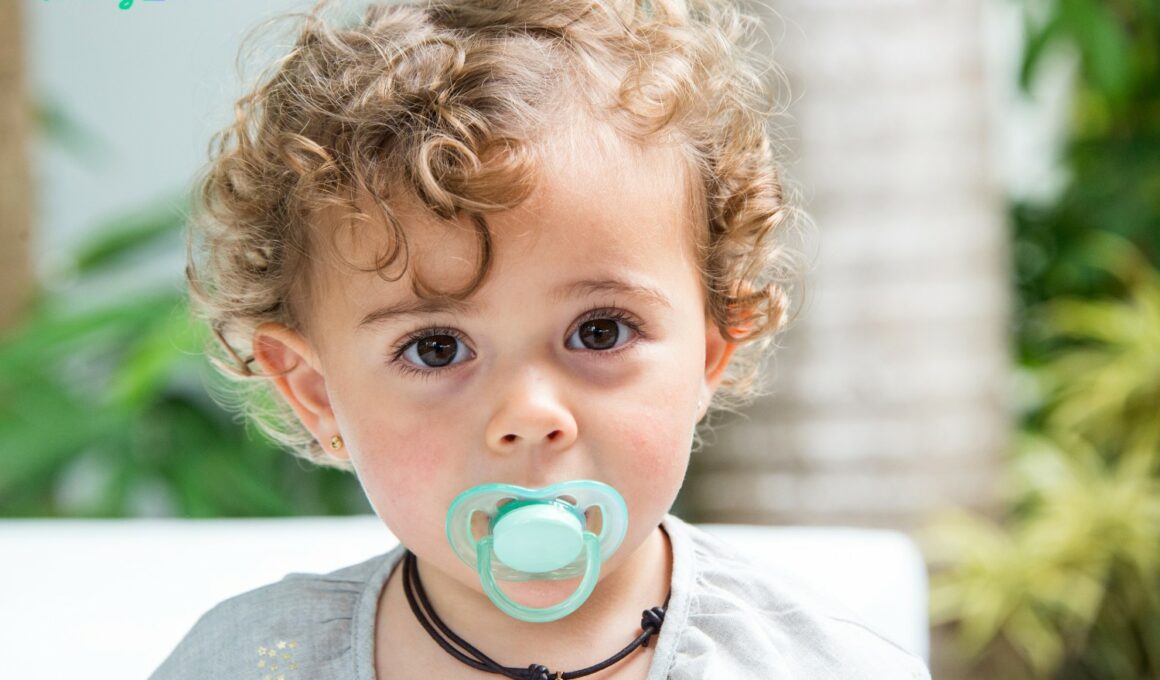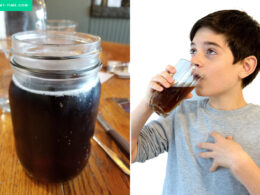In This Article Show
Is it always a hassle to get your baby acquainted with pacifiers? Pacifiers are very helpful tools that parents use to keep babies calm, busy, and distracted, allowing parents to engage in other activities.
However, unlike other babies that immediately get into action by latching on to the pacifier, your baby may be clueless as to what to do with it and push it out with their tongue the pacifier every time you give it to them.
While this may be frustrating, it is best to accept that it is perfectly normal and that not all babies would understand the concept of pacifiers at the get-go. So what is the reason behind this occurrence?
When babies do this it could be that the pacifier isn’t the right fit for their mouth or that it does not taste good. Another possible reason is that your baby may have a very active tongue thrust reflex, making it hard for any strange object to stay in their mouth.
In this article, we will explain in detail the various reasons why your baby would keep pushing pacifiers from their mouth to provide you with enough understanding of the situation. Do stick around.

Why Do Babies Push Pacifiers Out With Tongue
Pacifiers are known as soothers as they encourage babies to self-soothe and stay calm even when congested. But when your baby seems to reject the pacifier, it is natural to wonder about its reason and find answers. Below are all the possible reasons why;
Great deals to snatch for your little ones 🎉
1. Natural Reflex
Babies can sometimes push pacifiers out of their mouths due to their natural reflex known as the tongue thrust reflex. This reflex is a protective technique that automatically plays when a strange or unfamiliar object enters its mouth.
Also, this reflex action is handy when babies are satisfied after breastfeeding or bottle feeding, they push the breast or bottle out of their mouths to release their latch. Even if pacifiers are designed to mimic the nipple it may still find it strange and push them out.
2. Simply Uninterested
Pacifiers will not do it if the baby is hungry and needs to be fed, especially when they find out that no matter how much they suck no nutrition seem to come out of it, they are not likely to spit it out their mouth.
Also, the chances of your baby accepting a pacifier when they are calm or not throwing a fit, are relatively low. It is great to understand that babies accepting pacifiers also depends on their mood, and when they keep pushing it out of their mouth, it could simply just mean that they are not in the mood for it.
3. Wrong Size And Style
The pacifier’s style, shape, and size also matter a lot. If the size is too big, too small, or too long for your baby’s mouth, the baby will likely push it out because of the uncomfortable fit.
In recent times, pacifier designs come in various shapes and sizes, and it is profitable to know the right size for your baby based on their age to alleviate this issue.

What To Do When Baby Rejects Pacifiers
Although pacifiers may be other babies’ favorite thing to suck on, it is not universally adored by all babies. So it is quite normal and very common for some babies to push it out of their mouths out of incuriosity. That said, here are useful tips on what to do when this is the case with your baby;
- Make sure never to force your baby to take the pacifier, as this can cause your baby to feel worked up and upset.
- Ensure that the pacifier is age appropriate for your baby and that the size isn’t uncomfortable to latch on. By doing this, you might have to try different sizes, styles, and designs of pacifiers to find which one works best for your baby.
- Figure out the right time to give your baby a pacifier. Usually, the best time is when they are being fussy, or restless and are in need of a distraction.
- Do not offer your baby the pacifier when it is feeding time, as they are sure to feel disappointed and push it out of their mouth.
- When you are almost done feeding your baby, you should consider replacing the bottle or nipple with the pacifier; your baby might latch on it as hard as he was when being fed.
- Create a bait by dipping the pacifier nipple in breast milk or formula to spark up the interest of the baby.
- Use reverse psychology by putting the pacifier in your baby’s mouth and removing it yourself before they push it out. Keep repeating this until your baby finally seems curious enough to latch on to the pacifier. Remember that this might take a while to yield results so patience is required.
- If you have tried everything humanely possible to get your baby to take pacifiers and all else seems to fail, it is best to give a rest. Babies don’t need to be weaned with pacifiers.
Conclusion
Pacifiers have their own benefits that a lot of parents seem to be grateful for; however, when your baby constantly rejects or refuses to take pacifiers, it is expected parents to wonder why it is so.
This article provides a clear explanation as to why this could happen and states a list of things to do to help encourage your baby to take pacifiers.













